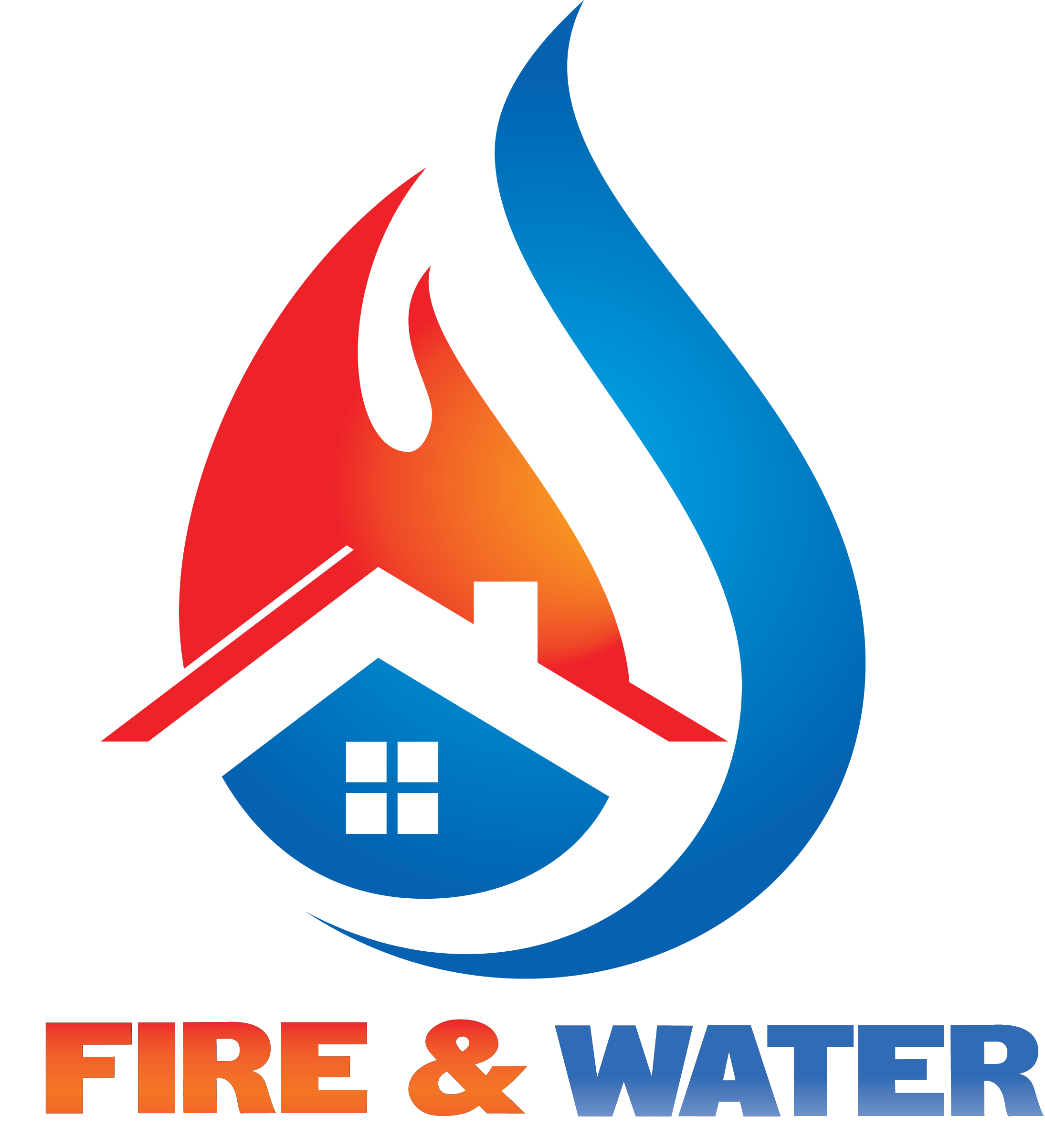An Unbiased View of Dry Star Restoration
An Unbiased View of Dry Star Restoration
Blog Article
Dry Star Restoration Things To Know Before You Buy
Table of ContentsNot known Details About Dry Star Restoration Rumored Buzz on Dry Star RestorationExamine This Report about Dry Star RestorationThe Best Strategy To Use For Dry Star RestorationSee This Report about Dry Star Restoration
Within mins, the cooking area was ablaze, causing extensive damages and needing months of remediation job. Especially in wintertime, home heating units are a typical fire risk. Malfunctioning circuitry or positioning heaters as well near flammable materials like curtains can fire up a fire. Always maintain heating units far from anything that can burn and check them consistently.
Stats: According to the National Fire Security Association, home chemicals are accountable for a remarkable percent of home fires each year. By recognizing these common reasons, you can take actions to make your home more secure.
The 9-Minute Rule for Dry Star Restoration

Secret problems include: Water Breach: Water can leak into wall surfaces, floorings, and furnishings. This can damage the structural integrity of your home. Form Growth: If water is not dried out swiftly, mold can start to grow within 24-48 hours. Mold can trigger wellness problems and additional damage to your property. Architectural Weakening: Water can compromise wooden structures and trigger steel parts to corrosion, making your home hazardous.
It's important to address all these elements to totally restore your home. Next off, we will study the actions associated with the fire damages repair process. Fire reconstruction is the procedure of cleansing, fixing, and restoring a home that has been damaged by fire. The objective is to return the building to its pre-loss problem, implying it looks and operates as it did before the fire.
Dry Star Restoration Fundamentals Explained
Debris Elimination and Demolition: Damaged products are securely removed, and any kind of dangerous substances like asbestos are taken care of suitably. Fire damages includes numerous types of damage to a property: Physical Damage: This includes charring, smudging, and disintegration of materials directly affected by the fire.
Water Damage: Water used to extinguish the fire can result in architectural weakening and mold growth otherwise properly taken care of. Fire repair experts make use of specialized techniques and devices to resolve all these types of damages, making certain the property is secure and livable once more. Next, we will certainly dive into the actions included in the fire damage restoration procedure.
From advanced water extraction tools to specialized devices for smoke and residue removal, we have actually the resources needed to recover your home to its pre-loss condition. Our strategies are developed to be comprehensive and reliable, lessening further damages and speeding up the recovery process. Our team includes licensed technicians that are professionals in fire damages remediation.
Dry Star Restoration Fundamentals Explained
Their expertise makes certain that every work is done right, supplying you with peace of mind throughout a difficult time. We're right here to assist you restore your home and your life after the fire.
(https://sandbox.zenodo.org/records/188992)If there's a fire, smoke is sure to adhere to. While the fire's smoke is made up of aspects that make your this content home harmful to be in, the damage smoke leaves does not quit there. Smoke will certainly drift to relatively every component of your home, staying with furnishings, decor, curtains, walls, ceilings, floors, and a lot more.
The water will soak right into the charred materials and spread out to various other locations of the home unaffected by the fire. If left uncontrolled or missed out on throughout fire damage remediation, the water damage will just worsen with time and can result in mold growth, safety problems for your home's structure, and unpleasant looks around your area, consisting of deformed flooring, peeling paint, and noticeable stains.
A Biased View of Dry Star Restoration
Water reduction is frequently the primary step of the fire, smoke, and water damages remediation procedure after a damages evaluation has been completed. This addresses the water damage head-on and consists of actions to stop further issues for your space before, throughout, and after restoration. Examination and damages analysis to evaluate the level of water damageIsolation of water damage to impacted areas to restrict water from spreading out to completely dry areasInspection of your home's foundation for structural stabilityExtraction of any kind of standing water from the propertyStructural drying out with commercial-grade equipmentSite cleanup that will eliminate particles, pack out salvageable web content for remediation, and give way for reconstruction servicesWe'll additionally finish added damages mitigation by boarding up damaged doors and windows, using tarps to openings in roofings, and finishing various other steps to avoid additional damages and threats to your home while the repair work are happening.
The majority of terms and descriptions used by water and fire damage repair contractors are fairly self-explanatory. However, the checklist of terms below should be of aid when you're interacting with the company you have actually worked with. Any type of action required to avoid the growth and spreading of fungus, mold, mildew, and spores. This can include making use of solvents or chemicals as ingredients or barriers on structure materials to stop fungi growth.
Report this page